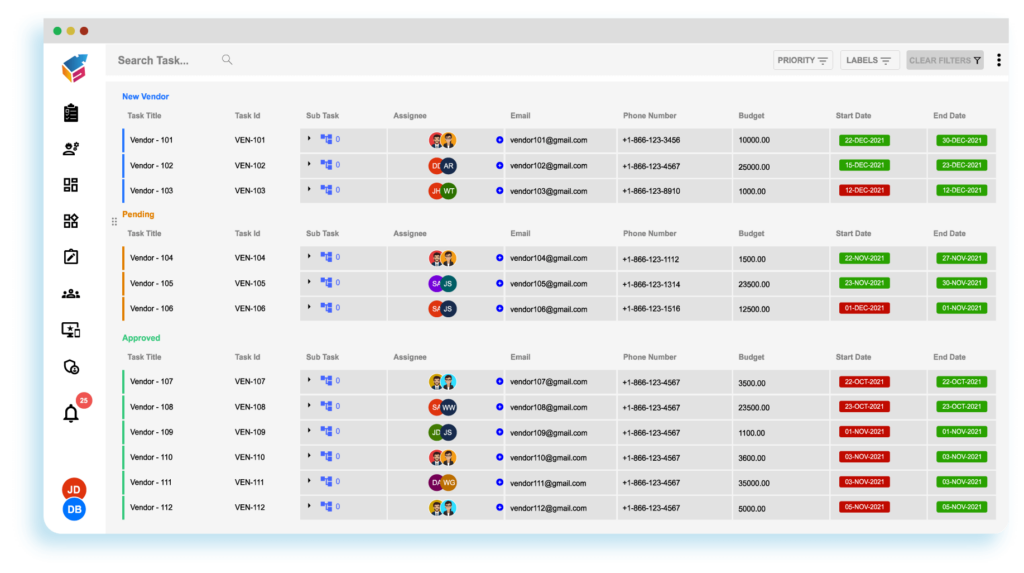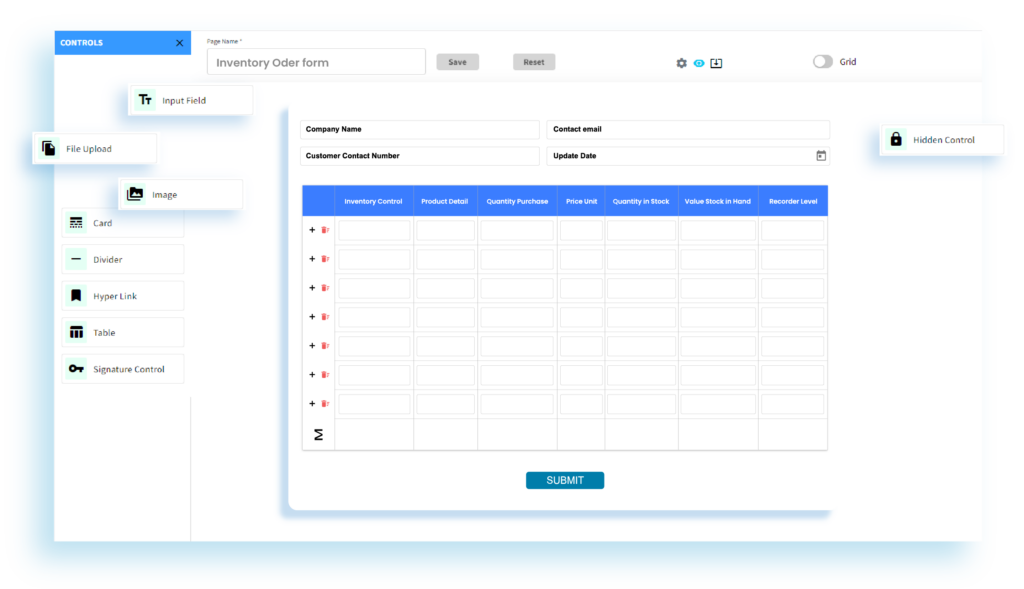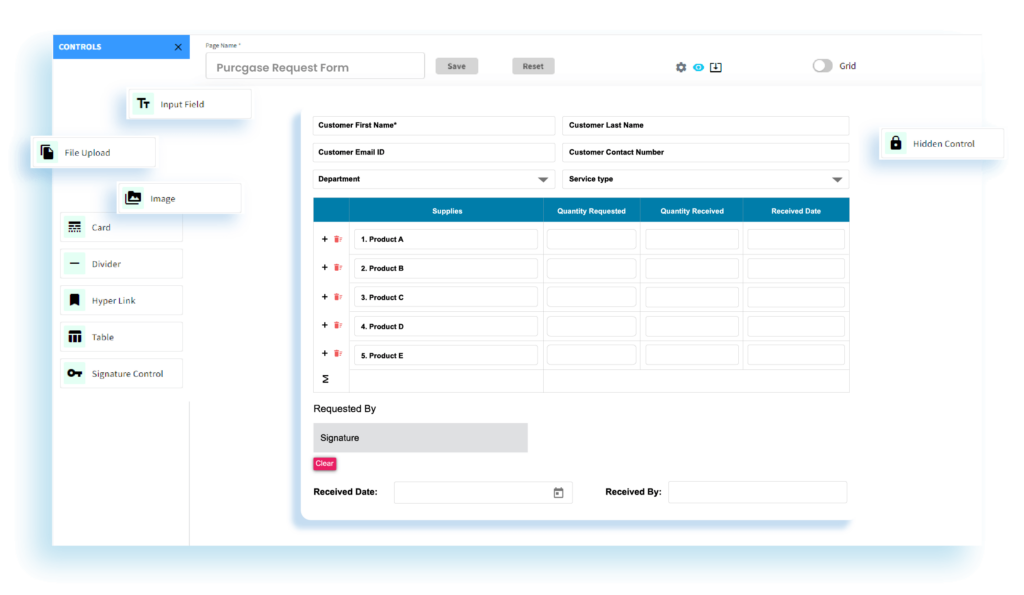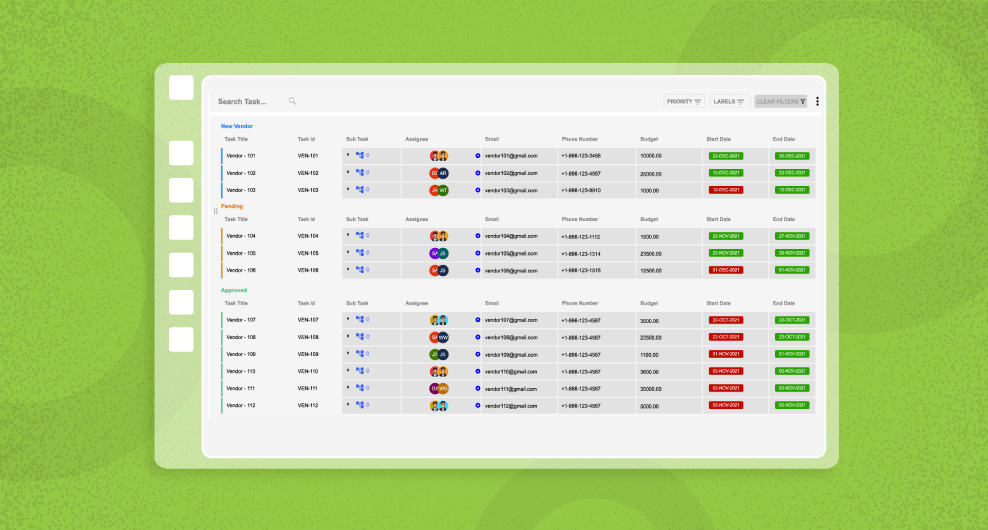Table of Contents
In the ever-evolving landscape of modern business, staying ahead of the curve is essential for survival and success. One critical avenue to explore in this journey is the often-underestimated kingdom of procurement. It is the beating heart of your organization’s supply chain, and when optimized effectively, it can become a powerhouse of transformation. Welcome to a blog that promises to be your guiding light on this path to business revolution.
In the following pages, we will unveil six game-changing strategies that have the potential to revolutionize your business from the ground up. We will cover from cost savings to improved efficiency and enhanced supplier relationships to a competitive edge in the market. Whether you are an industry veteran or a budding entrepreneur, there is something here for everyone, and we are about to embark on a journey that could redefine your business.
So, fasten your seatbelts and get ready to explore the art and science of procurement process optimization. These six strategies are not just about change. They are about transformation, growth, and staying one step ahead of the competition. Let us dive in and discover how the world of procurement action can be your key to revolutionizing your business.
What Is the Procurement Process?
The procurement process is a structured and systematic approach organizations follow to acquire goods, services, or raw materials from external suppliers or vendors. To guarantee that an organization’s procurement needs are known effectively and efficiently. This multidimensional process entails several clearly defined phases and activities.
Key components of the Procurement Process include:
- Identification of Needs: This initial step involves identifying and assessing the organization’s requirements for goods or services. It is significant to decide what needs to be obtained in what quantity.
- Vendor Selection: Organizations research and evaluate potential suppliers or vendors to identify those who best fulfill their procurement requirements. Vendor management system involves considering factors such as quality, cost, reliability, and reputation.

- Negotiation and Agreement: Negotiations can start to create mutually acceptable terms and conditions, including price, delivery schedules, and contractual obligations, after finding suitable suppliers.
- Purchase Order Issuance: Provide a purchase order (PO) to the selected supplier, specifying the procurement details, including item descriptions, quantities, prices, and delivery expectations.
- Goods or Services Receipt: When the supplier delivers the goods or services, the organization receives and inspects them to ensure they meet the specified quality and quantity criteria.
- Invoice Processing: The supplier submits an invoice for payment, which is reviewed and verified against the purchase order and delivery receipt. After validation, they authorize invoice payments.
- Payment: The payment processes of the organization to the supplier based on the approved invoice, typically within agreed-upon payment terms.
- Supplier Relationship Management (SRM): Maintaining positive and effective relationships with suppliers is an ongoing aspect of the procurement process. SRM involves continuous monitoring, performance assessment, and collaboration to ensure supplier satisfaction and delivery consistency.
Efficient procurement processes are critical for an organization’s financial health, operational efficiency, and competitiveness. They help minimize costs, reduce risks, enhance supply chain management, and promote long-term relationships with trusted suppliers. Properly managed procurement processes contribute significantly to an organization’s success and sustainability.
What Is Procurement Management?
Procurement management entails the comprehensive oversight of every facet involved in purchasing goods and services. Depending on the nature of the business, this responsibility may fall upon an individual, a team, or various departmental members.
These roles encompass a variety of tasks, including communication with external suppliers, creating both short-term and long-term supplier relationships, and the meticulous analysis of costs relative to the profitability of goods and services. The objective is to ensure that the business attains the highest possible value.
In some contexts, professionals might use procurement management interchangeably with terms like purchase management or source management, depending on the specific nature of their business operations.
What Is Procurement Process Optimization?
Procurement Process Optimization refers to the strategic improvement and streamlining of the various stages within the procurement process to enhance efficiency, reduce costs, and achieve better overall outcomes.
It involves identifying and implementing best practices, utilizing technology solutions like automation processes, invoice automation, and supply chain automation to minimize manual tasks, errors, and delays, and maximizing the value derived from procurement activities.
By integrating process automation, organizations can significantly enhance their procurement efficiency. Invoice automation helps streamline the often time-consuming and error-prone invoice processing, ensuring timely payments and better cash flow management.
Additionally, supply chain automation enables smooth cooperation with suppliers, optimizing inventory levels and reducing lead times, ultimately contributing to a more agile and responsive procurement process.
Six Ways to Transform Your Business
Here are six ways to revolutionize your business with procurement process optimization:
- Cost Reduction and Savings: By optimizing your procurement processes, you can identify cost-saving opportunities through better negotiation with suppliers, bulk purchasing, and improved contract management. It can significantly reduce your operational expenses and boost your bottom line.
- Efficiency and Time Savings: Streamlining procurement processes with automation and standardized workflows can dramatically reduce manual tasks and paperwork. It frees up valuable time for your procurement team to focus on strategic activities, supplier relationship management, and other value-added tasks.
- Supplier Collaboration and Innovation: A well-optimized procurement process allows for more collaborative and strategic supplier relationships. Engaging with suppliers as partners can lead to innovation, improved product quality, and better alignment with your business objectives.
- Risk Mitigation: Procurement process optimization involves thorough risk assessment and management. By identifying and mitigating supply chain risks, you can minimize disruptions, maintain product quality, and ensure business continuity even in challenging circumstances.
- Data-Driven Decision-Making: Harness the power of data analytics to gain insights into procurement performance, market trends, and supplier behavior. Data-driven decision-making enables you to make informed choices, identify areas for improvement, and stay ahead of market changes.
- Compliance and Sustainability: Ensure your procurement processes bond to legal and regulatory requirements. Additionally, consider sustainability factors when selecting suppliers and materials. It aligns with corporate social responsibility and favorably positions your business in a socially conscious market.
Implementing these tactics to your efforts to optimize the procurement process, you may transform your company, boost profitability, boost competitiveness, and build a more flexible and agile organization.
Optimal Procedures for Improving Procurement at Your Company
Here are six best practices for elevating procurement at your organization:
- Strategic Procurement Planning: Develop a comprehensive procurement strategy aligned with your organization’s goals. It should include defining clear procurement objectives, understanding market dynamics, and identifying potential risks and opportunities. Additionally, consider implementing inventory management techniques to optimize stock levels and reduce carrying costs.

- Supplier Relationship Management (SRM): Foster and collaborative relationships with key suppliers. Effective SRM involves open communication, performance tracking, and mutual value creation. Utilize Robotic Process Automation (RPA) to streamline routine SRM tasks, allowing your team to focus on strategic interactions.
- Process Standardization and Automation for Order Processing: Standardize procurement processes to ensure consistency and efficiency. Implement process automation, including Robotic Process Automation (RPA), to streamline tasks like purchase requisitions, approvals, and order processing. Automation reduces manual errors, accelerates cycle times, and enhances data accuracy.

- Data-Driven Decision-Making for Procurement Management: Leverage procurement analytics to gain insights into procurement performance, supplier performance, and market trends. Data-driven decision-making enables you to identify cost-saving opportunities, optimize supplier selection, and make informed choices that benefit your organization, especially regarding inventory management.
- Supplier Diversity and Sustainability: Embrace supplier diversity initiatives by engaging with a diverse pool of suppliers. Promoting sustainability in procurement involves considering environmental and social factors when selecting suppliers and materials. It not only contributes to corporate social responsibility but can also have a positive impact on inventory management and sustainability efforts.
- Continuous Improvement and Training: Foster a culture of constant improvement within the procurement team by consistently evaluating and enhancing procurement processes and investing in ongoing training and development for procurement staff. It ensures that they remain informed about industry best practices, emerging trends, and the latest advancements in Robotic Process Automation (RPA), which can further enhance procurement operations and procurement management.
By implementing these best practices with procurement software, your organization can elevate its procurement function, drive cost savings, reduce risks, and contribute to overall business success, all while enhancing inventory management, order processing, and the efficiency of procurement processes through automation and effective Procurement management.
Summary
Our exploration of procurement process optimization has unveiled six powerful strategies to revolutionize your business. From strategic planning and supplier relationships to process automation and data-driven insights, these practices hold immense potential to transform your operations.
It is crucial to recognize that procurement is not just a back-office function. It is a strategic lever that can propel your organization to success. By optimizing procurement processes with process mapping tools, you unlock cost savings, mitigate risks, and enhance the quality of goods and services delivered to your customers.
However, this journey is ongoing, demanding adaptability, a readiness for change, and a commitment to continual improvement. Your procurement team must vigilantly monitor supplier relationships, stay current on technological advancements like process automation, and leverage data for informed decisions.
Those who master procure to pay process optimization will not only stay ahead but also shape the future of their industries, leading to greater efficiency, sustainability, and profitability. So, take these six strategies to heart, embark on your transformative journey, and prepare to revolutionize your business through optimized procurement. Your organization’s future begins with procurement.




